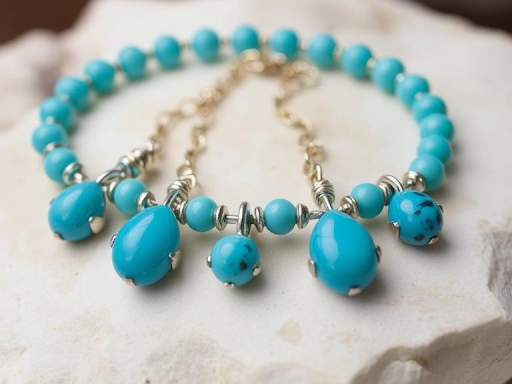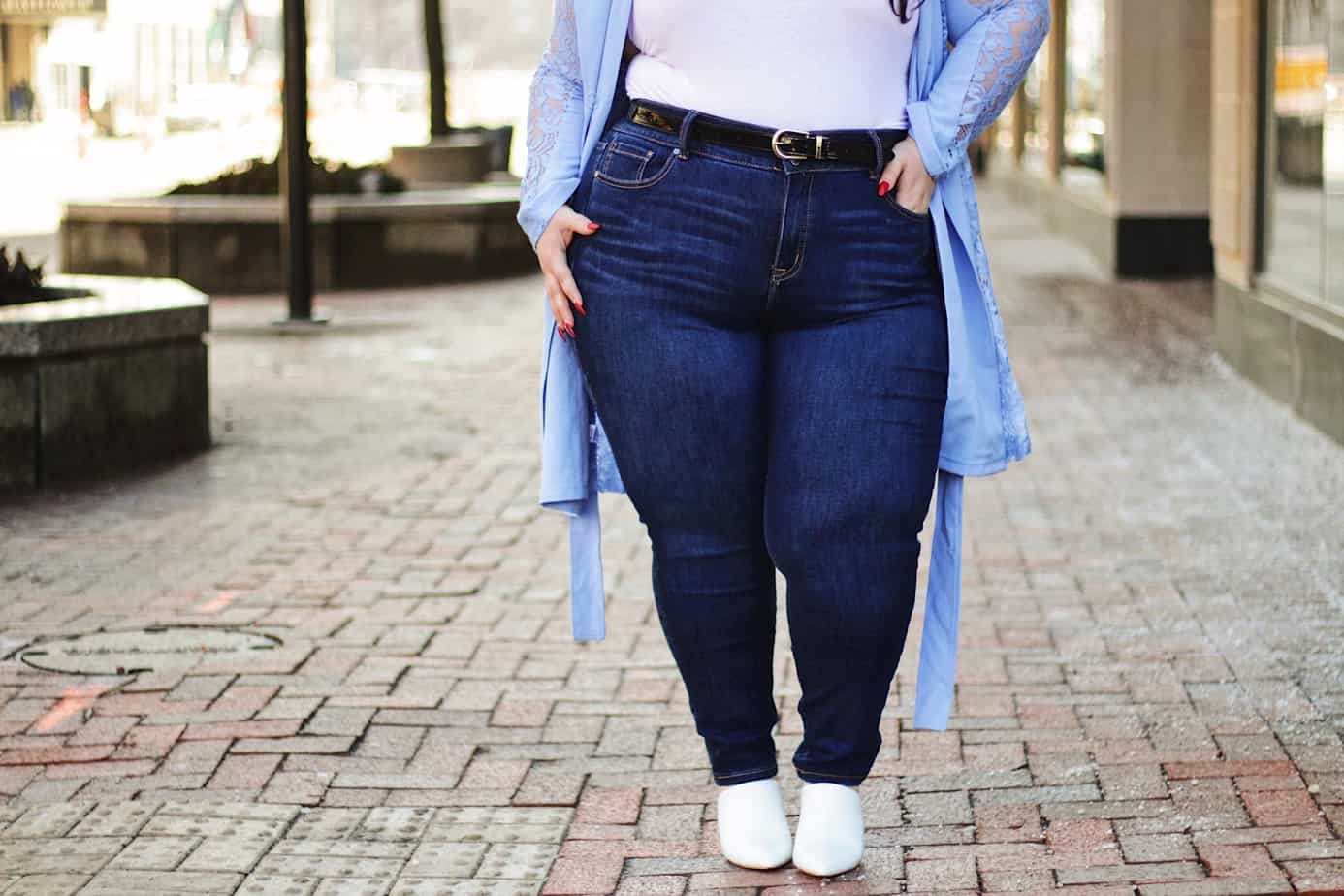Ever walked down the street, spotted someone with a head full of gorgeous, rope-like braids that seem to radiate both strength and style, and wondered, “What are those amazing braids called?” Chances are, you were looking at Cuban twists. This iconic hairstyle isn’t just a fleeting trend; it’s a cornerstone of protective styling with deep cultural roots and serious fashion clout.
But what exactly sets them apart? Are they right for your hair type? And how do you keep them looking fresh for weeks on end? We’re diving deep into the world of Cuban twist braids to answer all your burning questions about fashion.
What Exactly Are Cuban Twists? (And How Are They Different?)
Let’s clear up the confusion first. Cuban twists are a specific type of braiding technique that creates a distinctive, springy, and rope-like effect. They are a close cousin to other popular braids like Senegalese twists and Marley twists, but they have their own unique personality.
Think of it like this: if braids were pasta, Senegalese twists would be smooth linguine, Marley twists would be textured whole wheat spaghetti, and Cuban twists would be the bouncy, coiled fusilli. They are created using a two-strand twisting method, often with kanekalon or similar synthetic hair that is pre-stretched to achieve that signature coiled texture.
Here’s a quick comparison to help you tell them apart:
| Feature | Cuban Twists | Senegalese Twists | Marley Twists |
| Technique | Two-strand twist | Two-strand twist | Two-strand twist |
| Hair Material | Pre-stretched, bouncy kanekalon | Smooth, silky kanekalon | Marley hair (kinky, textured) |
| Texture | Coiled, rope-like, springy | Smooth, sleek, glossy | Course, fluffy, matte |
| Finish | Defined, uniform coils | Sharp, defined points | Fuzzy, soft ends |
Why Cuban Twist Braids are a Styling Powerhouse
Why do people absolutely love this style? It’s not just about looks (though they are stunning). The benefits of getting a set of Cuban twists are numerous.
- Superior Protective Style: This is the #1 reason. They shield your natural hair from daily manipulation, harsh weather, and the heat of styling tools, allowing your hair to rest, grow, and retain length.
- Low Maintenance: Once installed, your morning routine shrinks to mere minutes. A quick shake, a little oil on the scalp, and you’re out the door looking polished.
- Versatility in Styling: Forget getting bored! You can wear them down, in a high ponytail, a chic bun, a half-up, half-down style, or even create intricate updos. The possibilities are nearly endless.
- Durability: With proper care, a good install of Cuban twist braids can last 4 to 8 weeks, making them a fantastic investment of time and money.
- A Confidence Booster: There’s something incredibly empowering about a head full of beautiful, healthy-looking braids. It’s a statement style that turns heads for all the right reasons.
Read also: The Secret to Snagging Stunning Strands: Your Guide to Cheap Wigs That Look Real
The Installation Process: What to Expect at the Salon
Walking into a salon unprepared can be daunting. Here’s a breakdown of the typical process for getting your Cuban twists installed:
- Consultation: Your stylist will discuss the desired size (jumbo, medium, or small), length, and color. This is the time to show inspiration pictures!
- Prepping the Natural Hair: Your hair will be thoroughly washed, deep-conditioned, and detangled. Starting with a clean, moisturized base is non-negotiable for health and longevity.
- Braiding the Base: The stylist will braid your natural hair into small cornrows or individual plaits. This creates a secure foundation for the synthetic hair to be attached.
- Adding the Twist Hair: The kanekalon hair is measured, folded, and then twisted onto the base of your natural hair using a specific locking technique.
- Twisting Down the Length: The stylist will then carefully twist the two strands of synthetic hair together all the way down to the ends, creating that classic coiled pattern.
- Sealing the Ends: The ends are typically sealed with hot water (by dipping them in) to prevent them from unraveling and to create a neat, finished look.
Pro Tip: The entire process can take anywhere from 3 to 8 hours, depending on the size and density of the braids. Come prepared with snacks, a phone charger, and maybe even a podcast playlist!
Caring for Your Crown: Maintenance & Longevity
To get the most out of your style, you need to care for both the braids and the hair underneath.
- Moisturize Your Scalp: Just because your hair is braided doesn’t mean it doesn’t get thirsty. Use a lightweight oil or a dedicated braid spray (like Jane Carter Solution’s Nutrient Replenishing Hair & Scalp Nourisher) every few days to keep your scalp hydrated and avoid flakiness.
- Wash Gently (Yes, You Can Wash Them!): Mix a diluted shampoo with water in a spray bottle. Gently spray your scalp, massage with your fingertips, and rinse using a low-pressure shower stream. Follow up with a diluted conditioner spray. Always air dry completely—never go to bed with wet braids.
- Sleep Smart: Protect your style and reduce friction by sleeping on a satin or silk pillowcase or wearing a satin bonnet. This prevents frizz and breakage.
- Don’t Keep Them In Too Long: The sweet spot is 4-8 weeks. Keeping them in longer can lead to tangling, matting, and potential breakage from new growth stress.
Styling Your Cuban Twists: From Casual to Chic
This is where the real fun begins. Here are a few ideas to inspire your next look:
- The Classic High Ponytail: Sleek, powerful, and perfect for showing off the unique texture of the twists.
- Space Buns: Channel your inner Scandi-chic or playful vibe by splitting your hair into two high buns.
- A Side-Swept Cascade: Simply part your hair deeply to one side for an instantly glamorous look.
- Accessorize: Thread ribbons through your braids, add gold cuffs, or wrap a colorful scarf around your head for a pop of personality.
Celebrities like Zendaya and Zoë Kravitz have been spotted rocking variations of this style, proving its timeless and red-carpet-ready appeal.
The Investment: Cost and Time Breakdown
The cost of Cuban twists can vary wildly based on your location, the salon’s expertise, and the size/length of the braids. You can expect to pay anywhere from $150 to $400+.
Remember, you’re paying for hours of a skilled stylist’s labor. It’s an art form. Always prioritize a stylist who values hair health over a cheap price that could lead to damage.
5 Next Steps to Getting Your Perfect Cuban Twists
- Research Stylists: Look at Instagram portfolios and read reviews to find a stylist specializing in protective styles.
- Gather Inspiration: Create a Pinterest board or save Instagram posts with the exact size, length, and color you want.
- Book a Consultation: Don’t skip this step! It ensures you and your stylist are on the same page.
- Prep Your Hair: In the week leading up to your appointment, deep condition your hair to ensure it’s in its best possible state.
- Schedule Your Day: Block off the entire day for your appointment. You won’t want to rush out for plans afterward!
Ready to embrace the bold, beautiful, and protective world of Cuban twists? Share your own experiences or your dream style in the comments below!
FAQs
1. Are Cuban twists heavy?
They can be, depending on the length and density. Jumbo, waist-length twists will be heavier than shoulder-length, medium-sized ones. Discuss your comfort level with your stylist.
2. Can I get Cuban twists with my natural hair?
While technically possible, it’s not common. The synthetic hair adds length, durability, and the signature coiled texture that’s hard to achieve with most natural hair types.
3. Do Cuban twists damage your hair?
Not if installed and maintained correctly by a professional. Damage occurs from installation that’s too tight, lack of care, or leaving them in for too long. Always listen to your scalp—if it’s painfully tight, speak up!
4. What hair type is best for Cuban twists?
They work on all hair types! The key is that your natural hair must be long and strong enough to hold the weight of the braids, which is why a good stylist will assess your hair’s health first.
5. How do I take down Cuban twists?
Be patient! Use a pair of sharp scissors to carefully snip the synthetic hair at the top of each braid, away from your natural hair. Then, unravel the twist and gently unravel or comb out your own braided base. Using a detangling conditioner or oil during this process is highly recommended.
6. Can I color Cuban twist hair?
Yes! Kanekalon hair can be tinted using fabric dye or specific hair dyes made for synthetic fibers. However, it’s best to experiment on a small piece first or let a professional handle it.
7. How do I combat frizz?
A little frizz is natural and can add to the style’s character. To minimize it, avoid over-manipulation, seal the ends properly during installation, and use a light-hold styling gel or edge control on flyaways.
You may also like: Your Guide to Finding Gorgeous Human Hair Blonde Wigs Under $70











